Last February, director Sally Cookson shrunk Charlotte Brontë’s 400-page novel Jane Eyre down to a four-and-a-half-hour play spread across two nights at the Bristol Old Vic. Now, as this co-production finally arrives at the National Theatre, it has slimmed still further – shedding one hour and one night to become a (comparatively) brisk Hamlet-length evening of physically and sensorily-charged theatre.
Time was when books stayed on the bedside table, stories to come home to after a night in the theatre. Now, post-David Edgar’s Nicholas Nickleby for the RSC, the NT’s own His Dark Materials, and of course Wolf Hall, we’re getting used to even the biggest and longest works being neatly filleted for live performance. Whether or not you find it a task worth undertaking (I confess, I’m not sure it often is), Cookson’s adaptation is one of the good ones – a genuine theatrical reimagining rather than a straight translation.
An affectionate, ardent theatrical tribute to Brontë’s novel
A cast of just eight actors and two musicians together take us from Jane’s birth through to her climactic encounter with Edward Fairfax Rochester at Thornfield Hall, her desperate flight and eventual return to its ruin. They are aided by Michael Vale’s assault-course of a set – all ladders and wooden walkways – whose multiple levels, entry and exit points are merely the starting point for an endless sequence of imagined landscapes and interiors. Thanks to Aideen Malone’s endlessly sensitive lighting design it’s a surprisingly easy narrative to conjure.
The cast themselves offer us a script that emerges largely from Brontë’s own text (with some conscious diversions), a spoken scaffolding for the real business of the evening which is all physical. This is not Complicite; text still stands alone, but it is amplified by gestures and devices – physical doubling (and trebling), spoken sound-effects, slow-motion movement, infinite cast shifting, animals and even inanimate objects brought to life – that help grease the wheels of this breathless drama.
In losing time the play has become a little less balanced, with the narrative preamble – Jane’s time at Gateshead and later at Lowood Institution – pulling back hard on the narrative reins, keeping us from the meat of the story for well over an hour. The pay-off for a slow start is a galloping second half, whisking perhaps a little too swiftly through the episode involving zealous missionary St John Rivers (a chillingly fervent Laura Elphinstone, who earlier managed to humanise the ghastly prig Helen Burns) before retreating to its happy ending.
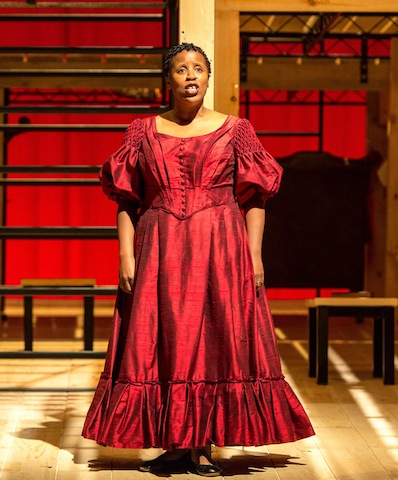 While it’s hard to fault the energy and flexibility of the cast, led by Madeleine Worrall’s Jane – staunch, fiery, tracing the character from uncontrolled childhood passion to adult interiority – there are inevitably losses as well as gains with such a reworking. The latter include a potently expanded Bertha Mason (Melanie Marshall, pictured left), given in song what she is denied in speech, Felix Hayes’s dominant Rochester and lovely touches like Craig Edwards’ indefatigable Pilot (Rochester’s dog) with Benji Bower’s luminous score stitching this fragmented drama together. The former, however, would have to acknowledge a little too much melodrama – verging on the mawkish – in the early episodes (a problem dealt with by the book’s first-person narrator, growing from youthful excess to more mature reflection), and pacing that takes a while to settle.
While it’s hard to fault the energy and flexibility of the cast, led by Madeleine Worrall’s Jane – staunch, fiery, tracing the character from uncontrolled childhood passion to adult interiority – there are inevitably losses as well as gains with such a reworking. The latter include a potently expanded Bertha Mason (Melanie Marshall, pictured left), given in song what she is denied in speech, Felix Hayes’s dominant Rochester and lovely touches like Craig Edwards’ indefatigable Pilot (Rochester’s dog) with Benji Bower’s luminous score stitching this fragmented drama together. The former, however, would have to acknowledge a little too much melodrama – verging on the mawkish – in the early episodes (a problem dealt with by the book’s first-person narrator, growing from youthful excess to more mature reflection), and pacing that takes a while to settle.
But as an exhilarating piece of ensemble creation – an affectionate, ardent theatrical tribute to Brontë’s novel – it’s hard to argue with a play that takes all of Jane Eyre’s emotional intelligence, its measured thoughtfulness, and allies it to the unrestrained urgencies of Wuthering Heights. So set your watch to “Victorian” and surrender the emotional long-game of this lovingly-crafted show.



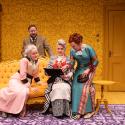


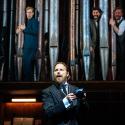
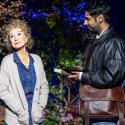
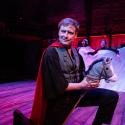

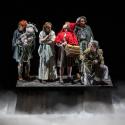
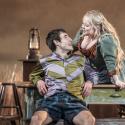
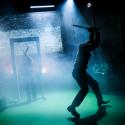
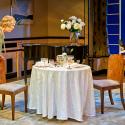
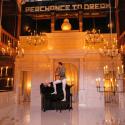
Add comment